More about Louvre Museum
- All
- Info
- Shop

Sr. Editor
The Louvre is the biggest, baddest museum in the whole world.
It was originally the site of King Philip Augustus' fortress in the 12th-century. King Francis I built his palace in 1546 and every subsequent monarch added to it until King Louis XIV moved to Versailles in 1678.
The museum holds, in trust, 678 pieces seized by the Nazis in order to keep them in appropriate storage conditions until they can be restituted to their rightful owners.
If you spend just 30 seconds on each of the approximately 35,000 items on display at any given time it would take you 105,000 seconds/1750 minutes/29 hours to see everything. And that doesn't include walking the 652,300 square feet of exhibition space!
Receives approximately 10 million visitors a year.
To avoid those 10 million visitors try one of the two not-so-secret secret entrances: Porte des Lions and the Palais Royal-Musée du Louvre and Louvre-Rivoli Métro stations. The Porte des Lions entrance is on quai des Tuileries between Pont Royal and Pont du Carrousel, you'll see large green lions on each side of the entrance. When I was here recently, the cashier booths were closed and the machines only took card so beware of that, but an extra bonus to entering through here is that you are dropped off in the Denon Wing where the Mona Lisa is. Your other option is to take the Métro to Palais Royal/Rivoli and go through the Galerie du Carrousel shopping mall.
Everyone says to avoid the main entrance at the large pyramid like the plague. While visiting in late May I was there a half-hour after they opened and waited maybe twenty minutes in the non-ticket-holder line. While you’re waiting, enjoy the view! Your ticket does last for the whole day so if you come early in the morning, leave when it gets too crowded and come back at night! Most of the crowds should be gone by then.
Featured Content
Here is what Wikipedia says about Louvre
The Louvre (English: /ˈluːv(rə)/ LOOV(-rə)), or the Louvre Museum (French: Musée du Louvre [myze dy luvʁ] ⓘ), is a national art museum in Paris, France. It is located on the Right Bank of the Seine in the city's 1st arrondissement (district or ward) and home to some of the most canonical works of Western art, including the Mona Lisa and the Venus de Milo. The museum is housed in the Louvre Palace, originally built in the late 12th to 13th century under Philip II. Remnants of the Medieval Louvre fortress are visible in the basement of the museum. Due to urban expansion, the fortress eventually lost its defensive function, and in 1546 Francis I converted it into the primary residence of the French kings.
The building was extended many times to form the present Louvre Palace. In 1682, Louis XIV chose the Palace of Versailles for his household, leaving the Louvre primarily as a place to display the royal collection, including, from 1692, a collection of ancient Greek and Roman sculpture. In 1692, the building was occupied by the Académie des Inscriptions et Belles-Lettres and the Académie Royale de Peinture et de Sculpture, which in 1699 held the first of a series of salons. The Académie remained at the Louvre for 100 years. During the French Revolution, the National Assembly decreed that the Louvre should be used as a museum to display the nation's masterpieces.
The museum opened on 10 August 1793 with an exhibition of 537 paintings, the majority of the works being royal and confiscated church property. Because of structural problems with the building, the museum was closed from 1796 until 1801. The collection was increased under Napoleon and the museum was renamed Musée Napoléon, but after Napoleon's abdication, many works seized by his armies were returned to their original owners. The collection was further increased during the reigns of Louis XVIII and Charles X, and during the Second French Empire the museum gained 20,000 pieces. Holdings have grown steadily through donations and bequests since the Third Republic. The collection is divided among eight curatorial departments: Egyptian Antiquities; Near Eastern Antiquities; Greek, Etruscan, and Roman Antiquities; Islamic Art; Sculpture; Decorative Arts; Paintings; Prints and Drawings.
The Musée du Louvre contains approximately 500,000 objects and displays 35,000 works of art in eight curatorial departments with more than 60,600 m2 (652,000 sq ft) dedicated to the permanent collection. The Louvre exhibits sculptures, objets d'art, paintings, drawings, and archaeological finds. At any given point in time, approximately 38,000 objects from prehistory to the 21st century are being exhibited over an area of 72,735 m2 (782,910 sq ft), making it the largest museum in the world. It received 8.9 million visitors in 2023, 14 percent more than in 2022, but still below the 10.1 million visitors in 2018, making it the most-visited museum in the world.
Check out the full Wikipedia article about Louvre
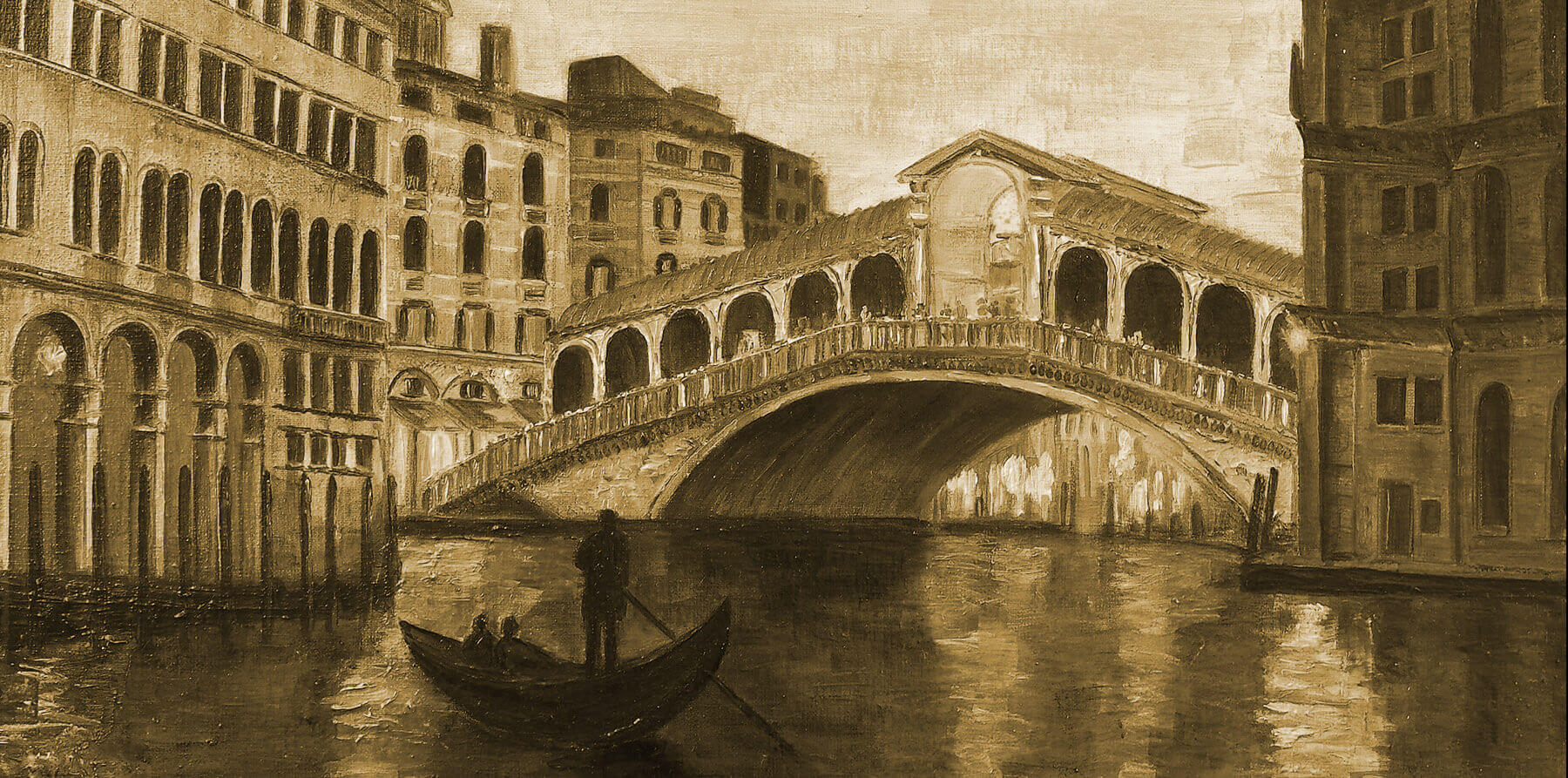
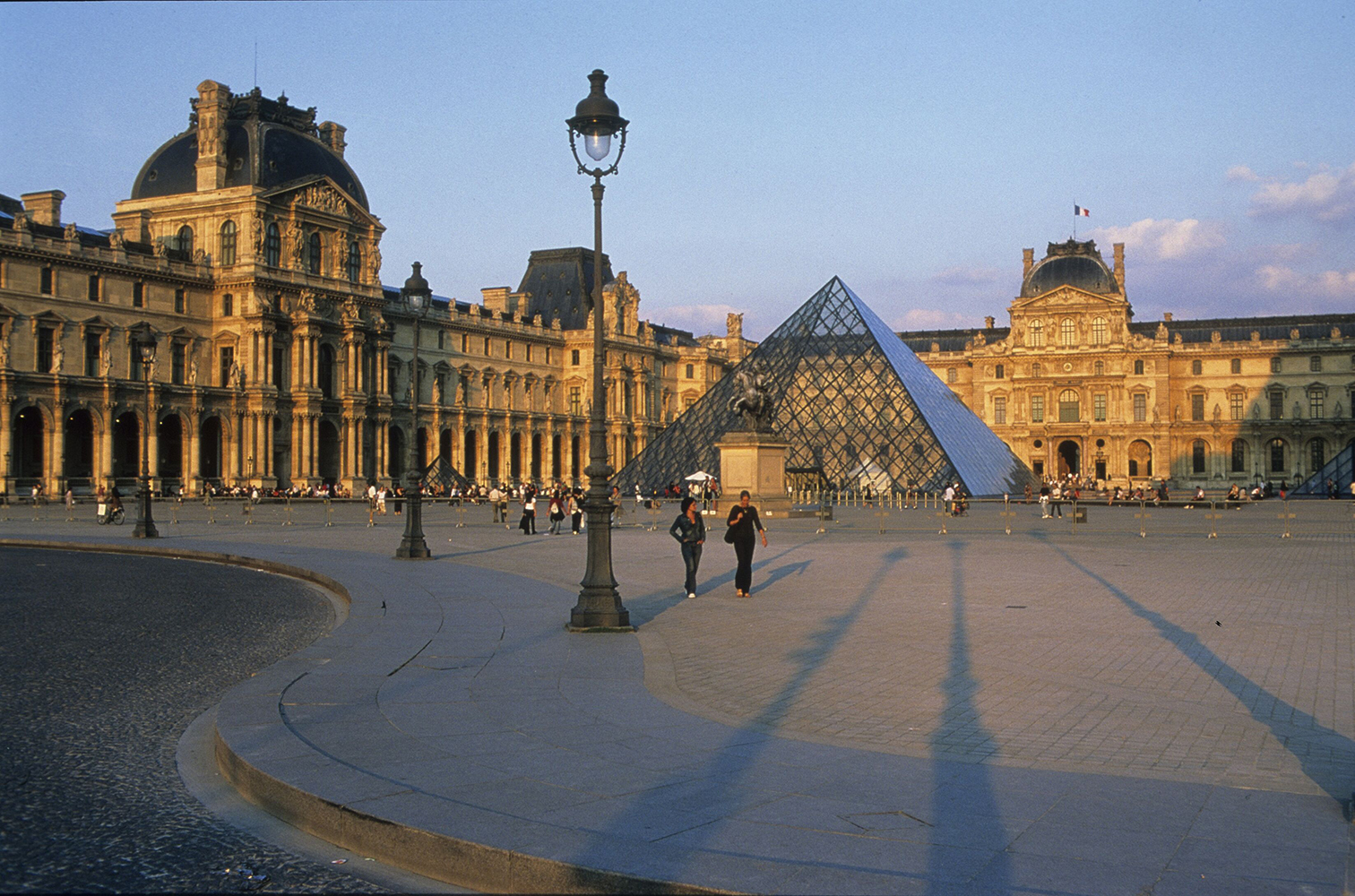


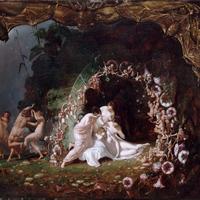
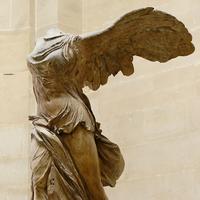
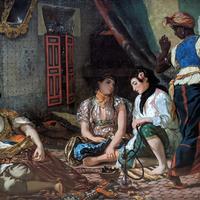
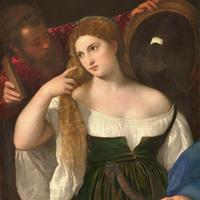
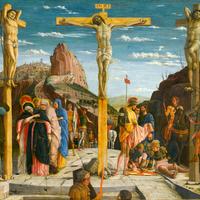













the employees just went on strike due to budget cuts. too many people to deal with!!! it was certainly that way when I went